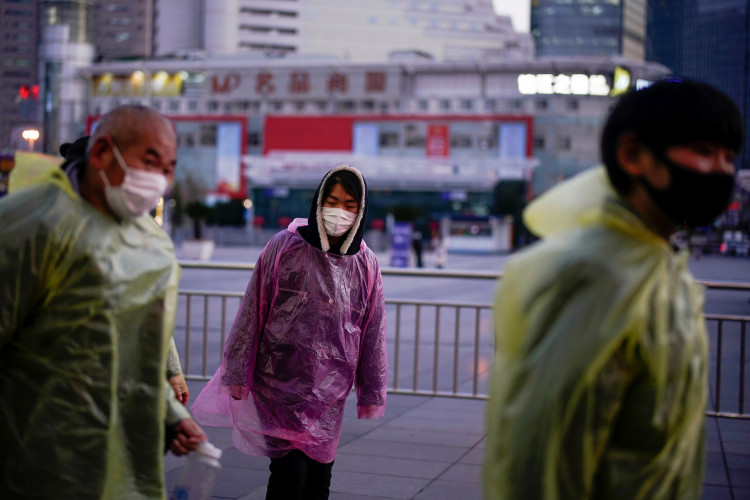After five days without infections, Shanghai reported COVID-19 cases outside of quarantined regions for the first time, triggering tougher restrictions in one neighborhood, but plans to lift a citywide lockdown on June 1 appeared to be on track.
On May 19, the commercial center of 25 million reported three additional cases outside of confined regions in one district. Infections also increased in regions under stringent control.
Authorities stated that all three infected individuals were from the same family and that their infection was identified during routine testing in the Qingpu district.
In the previous 14 days, they have not left Xujing Town in the district, although they recently visited at least four locations, including a supermarket, which are now closed to the public and undergoing cleaning, according to authorities.
More than 200,000 residents in the city were retested, and the results were negative, according to the authorities.
The parks in Shanghai's suburbs will return on Sunday, while other parks could reopen in June if certain conditions are met. However, the parks' recreational facilities will stay closed.
The plan to reopen four metro lines on Sunday remains on track, according to the city authority.
In recent days, more residents of Shanghai have been permitted to leave their homes, with several residential compounds providing a restricted number of passes to residents for quick walks or trips to the local store. However, the majority remained confined to their homes, relying on delivery apps and government rations.
The near-total lockdown of Shanghai and severe measures in other cities are the consequence of a national "zero-COVID-19" policy designed to halt any outbreaks as soon as they arise, in contrast to the normalization of life throughout the rest of the world.
Beijing, with a population of 22 million, reported 62 new cases on May 19, up from 55 the previous day.
Since late April, China's capital has battled to contain an outbreak despite considerable travel restrictions, with many Beijing residents working from home and a variety of shops and venues closing.
However, the daily caseload has remained in the dozens, as opposed to ballooning in Shanghai and the majority of other big cities throughout the world.
The COVID situation in China has improved significantly.
Analysts at Gravekal Dragonomics estimate that fewer than 5 percent of Chinese cities are currently reporting infections, down to 25 percent at the end of March.
To maintain the status quo, authorities in many cities employ local border controls, frequent mass testing, and rigorous monitoring and isolation of any new illnesses, including individual building lockdowns.






